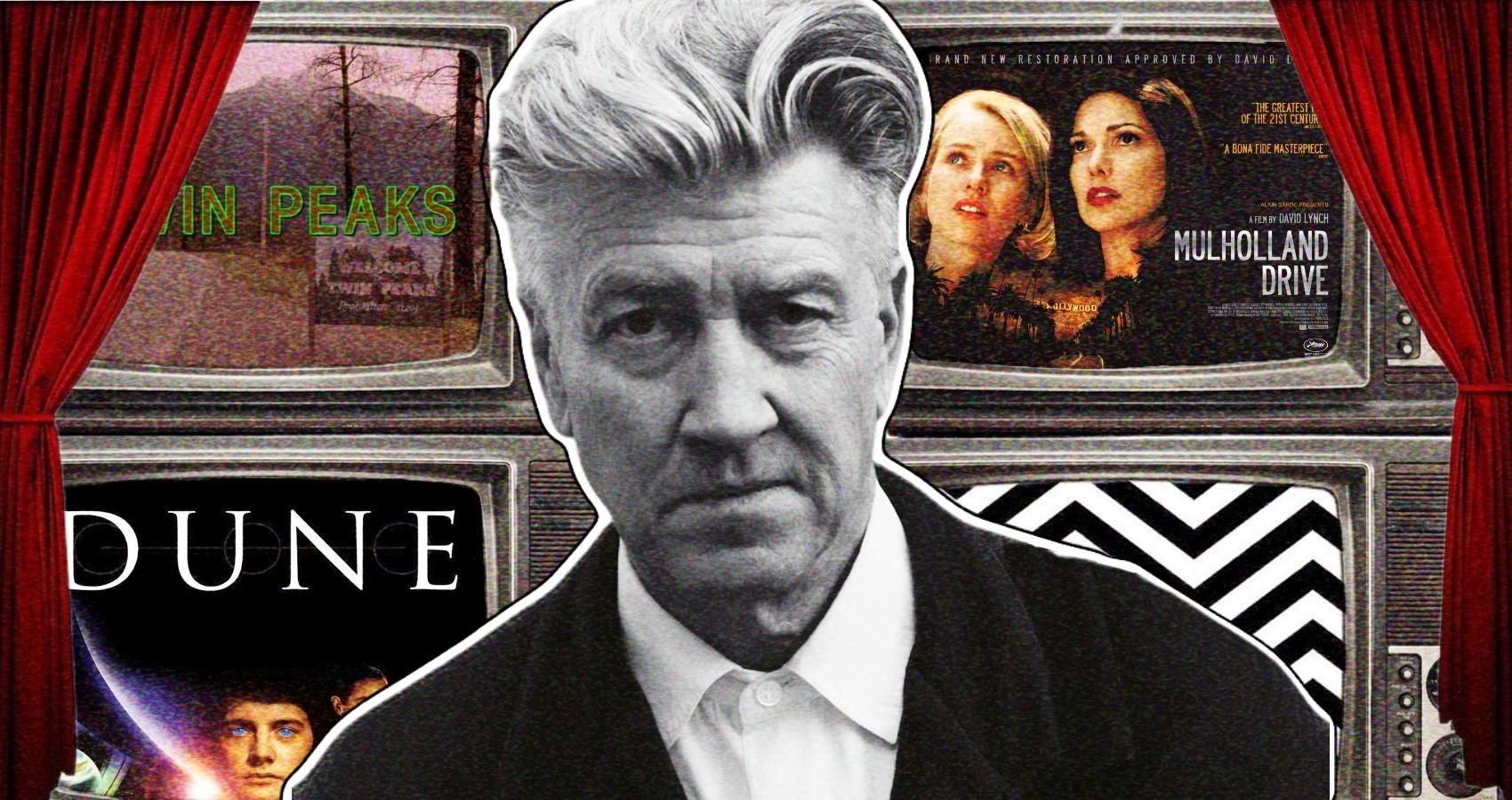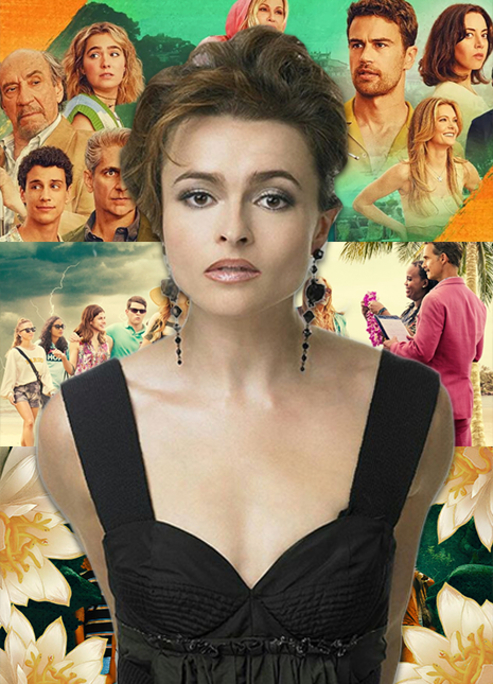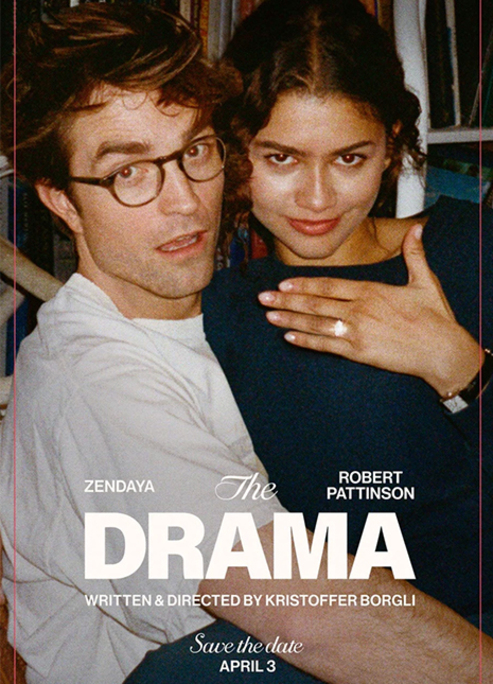Saying Goodbye To David Lynch
Master of film and costumes.
“I can see him now, standing up to greet me in his backyard, with a warm smile and big hug and that Great Plains honk of a voice. We’d talk coffee, the joy of the unexpected, the beauty of the world, and laugh,” wrote Kyle MacLachlan on Instagram.
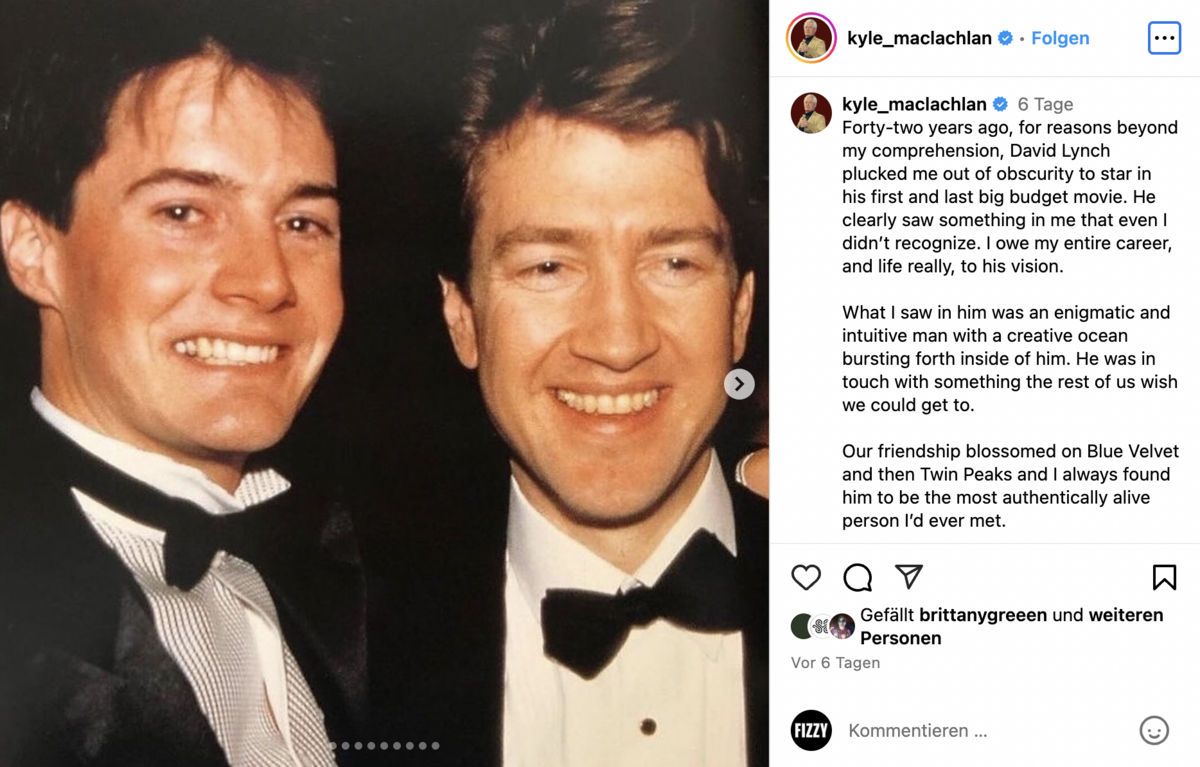
On January 15, the world bid farewell to David Lynch—a man who, for some, embodied cinematic genius, and for others, remained a warm friend, capable of finding joy in the simplest details of life. His name is forever etched in history as the creator of enigmatic and unsettling worlds where the boundaries between reality and dreams dissolve. Yet behind the veil of his iconic surrealism was a man who genuinely cherished a good cup of coffee, cared deeply for those around him, and valued moments of quiet simplicity.
Lynch was a master of contrasts. His works were not just explorations of human darkness but also affirmations of beauty in its most unexpected forms. For millions of viewers, he will always be remembered as the creator of Twin Peaks, Mulholland Drive, and Eraserhead—masterpieces where every frame was imbued with meaning and symbolism. For those who knew him personally, Lynch will be remembered as someone you could talk to about music, art, or the weather, always with a sense of depth and sincerity.
His unparalleled ability to see what others could not was reflected not only in his films but also in the intricate worlds he built, down to the smallest details. One of Lynch’s most powerful tools was fashion. Today, we’ll explore how the costumes of some of Lynch’s most beloved characters became keys to understanding their inner worlds and mirrors of their surroundings.
Reflection of an era
David Lynch used costumes as a tool to precisely convey the era, social status, and personality of his characters. The clothing always emphasized their inner world and complemented their overall portrayal.
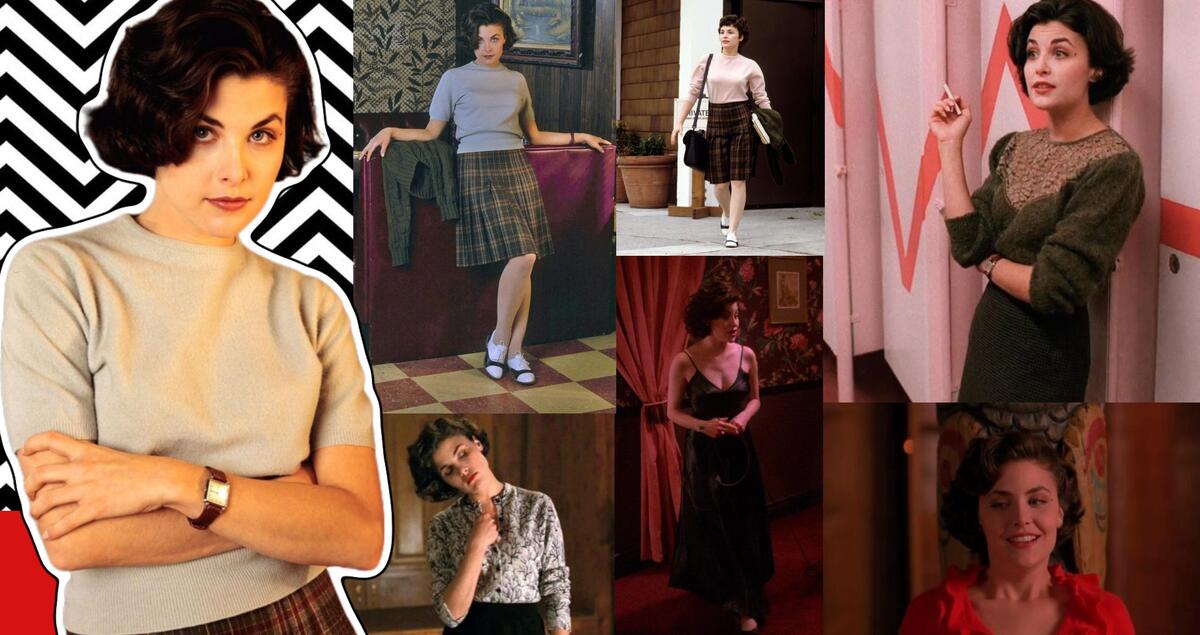
For example, Audrey Horne from Twin Peaks wore fitted sweaters and pencil skirts reminiscent of 1950s fashion. Her wardrobe, featuring tweed jackets and rich shades of burgundy and deep green, highlighted a blend of femininity, mystery, and hidden determination.
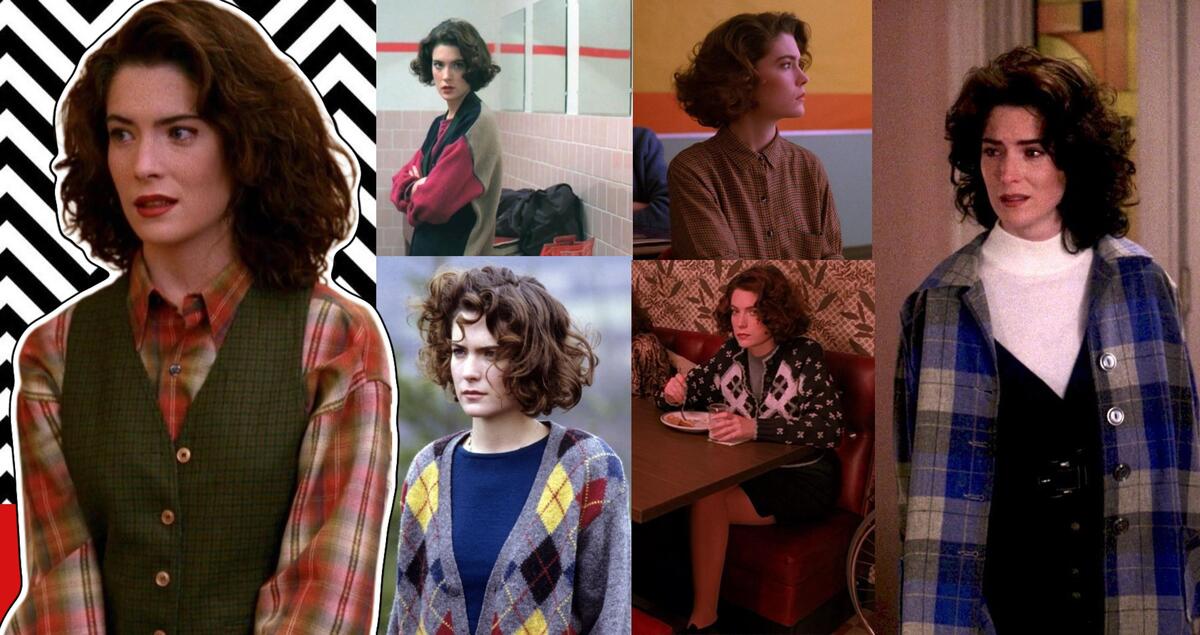
In contrast, Donna Hayward preferred looser and more practical attire. Jeans, plaid shirts, and pastel-toned sweaters reflected her calm and friendly nature, emphasizing simplicity and authenticity. This visual contrast underscored the differences between the enigmatic Audrey and the grounded Donna.
Costume symbolism
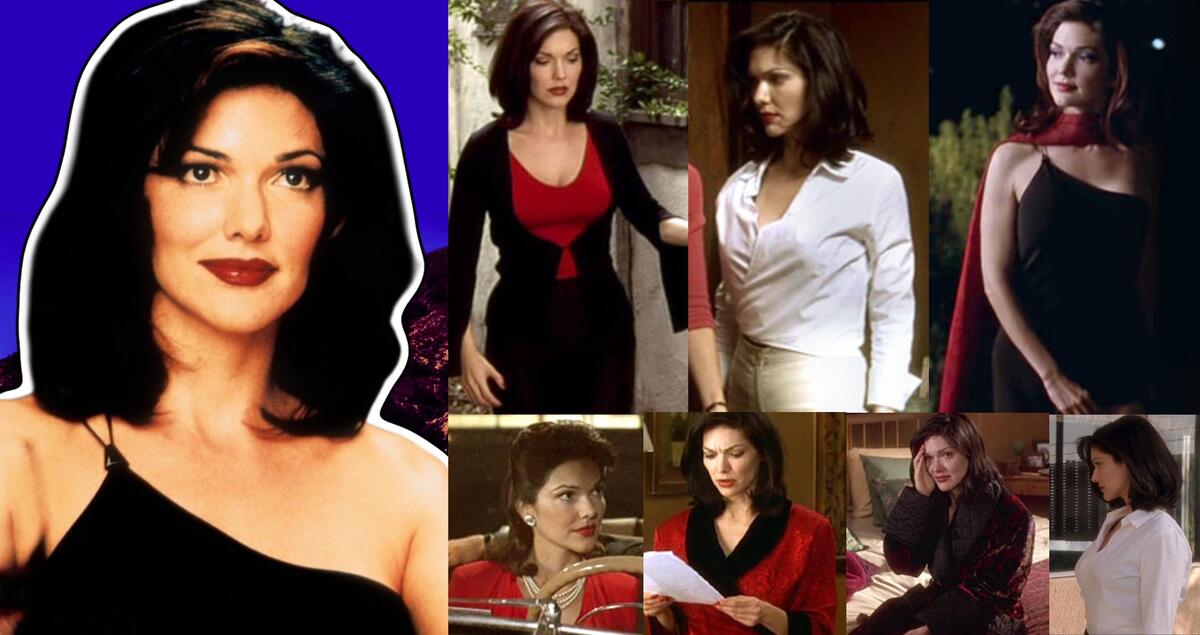
In Mulholland Drive, Rita’s costume helps reveal her character and internal conflict. Her black dress—minimalistic, with soft, flowing lines and no unnecessary details—emphasizes her detachment and vulnerability. It deviates from the classic image of the femme fatale—a fatal woman traditionally associated with dramatic sensuality, manipulation, and control. Instead, Rita appears lost and enigmatic, her beauty masking an inner fragility.
Key elements of her appearance, such as her fair skin and lack of jewelry, draw the viewer’s attention to her amnesia and emotional isolation. The black color of the dress enhances her visual prominence in the frame, creating a sense of isolation against the backdrop of the sprawling city. It also symbolizes the uncertainty of her past, hidden in the shadows of her lost memory.
A component of the universe
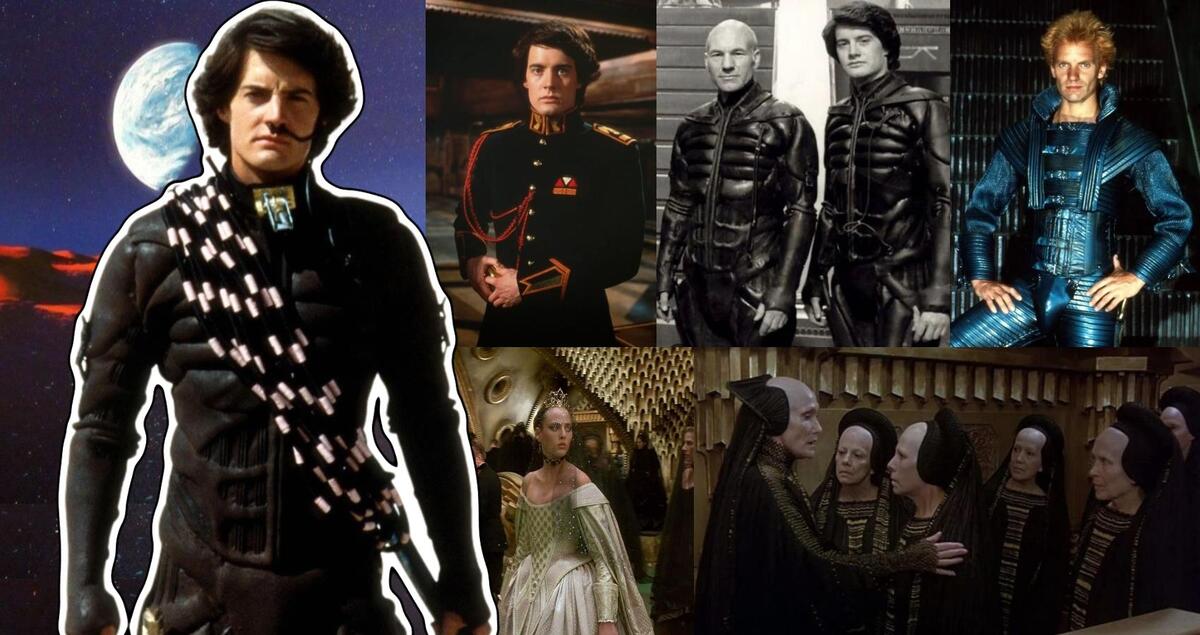
In the film Dune (1984), David Lynch used costumes to convey the complexity and diversity of Frank Herbert's world, emphasizing the cultural and social distinctions between the characters. The stillsuits of the Fremen, designed by Bob Ringwood, made from dense black fabric with integrated tubing for moisture collection and recycling, reflected their adaptation to the harsh conditions of the desert planet Arrakis and the survival philosophy at the core of their culture.
The costumes of House Atreides—strict military uniforms in dark tones with clean lines—highlighted their nobility, discipline, and organization. In contrast, the outfits of House Harkonnen were characterized by eccentricity and grotesqueness, emphasizing their cruelty and decadence. This visual contrast not only delineated the key ideologies but also underscored the conflict between the characters at the heart of the narrative.



